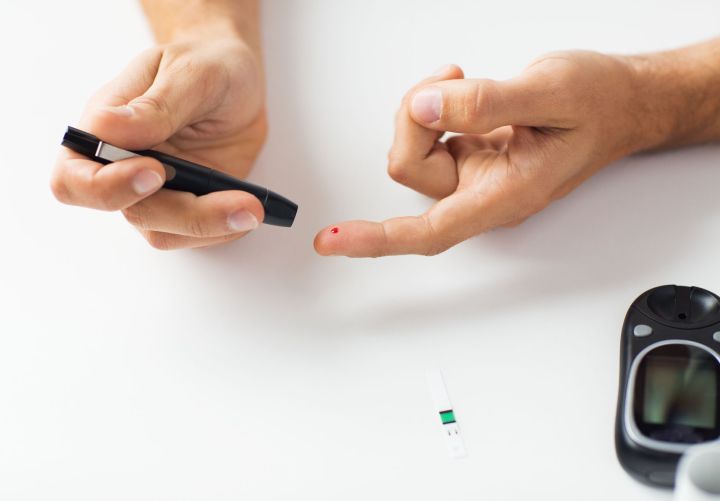
A total of 30 patients with Type 1 diabetes participated in a 12-week trial of the novel system and researchers found “significant improvements in two key measures of well-being in people living with Type 1 diabetes,” namely decreased hemoglobin A1c and reduced time spent in hypoglycemia. Thanks to the combination of the man-made pancreas and smartphone algorithms, patients were more easily able to monitor their blood glucose levels and administer insulin either using a needle or infusion pump.
Per a Harvard Universtiy release detailing the trial, “The artificial pancreas is designed to mimic a healthy person’s glucose regulating function. The closed-loop system consists of an insulin pump and continuous glucose monitor placed under the user’s skin.” In addition, the system includes an algorithm within a Bluetooth-enabled smartphone, which determines how much insulin the pump ought to deliver. This amount is determined by a number of variables, like meals consumed, physical activity, sleep, stress, and metabolism.


